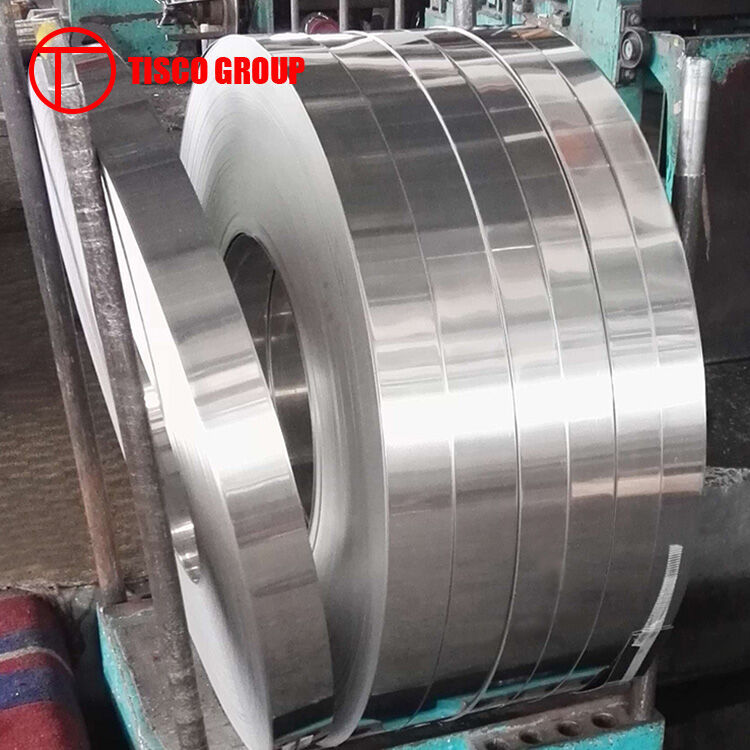NEWS
GENGYUAN
- 304 stainless steel pipe manufacturing method2024-04-23
- The difference between galvanized sheet and stainless steel2023-08-16
- What are the characteristics of galvanized iron wire?2023-07-11
- Application of weathering steel plate in garden landscape2023-07-04
- Introduce the relevant knowledge of prepainted coil coating2023-07-07
The most basic characteristic of stainless steel is its rust resistance under atmospheric conditions and corrosion resistance in various liquid media. (not easy to rust)
The meaning of stainless steel: stainless steel is a general term for stainless steel and acid-resistant steel. Stainless steel refers to steel resistant to weak corrosive media such as atmosphere, steam and water, while acid-resistant steel refers to steel resistant to chemical corrosion media such as acid, alkali, and salt.
There is a big difference in the degree of alloying between stainless steel and acid-resistant steel. Although stainless steel is stainless, it is not necessarily acid-resistant; and acid-resistant steel is generally stainless.
A high-alloy steel that can resist corrosion in the air or in chemically corrosive media. Stainless steel has a beautiful surface and good corrosion resistance. It does not need surface treatment such as color plating to exert the inherent surface properties of stainless steel. It is used in many applications. A type of steel, usually called stainless steel.
From the perspective of metallography, because stainless steel contains chromium, a very thin chromium film is formed on the surface. This film isolates it from the oxygen intruded into the steel and acts as a corrosion resistance. In order to maintain the inherent corrosion resistance of stainless steel, the steel must contain more than 12% chromium.


Among them, stainless steel 304 and 316L are the most commonly used in life:
304 stainless steel is mainly used for corrosion-resistant containers, tableware, furniture, railings, and medical equipment. 316 stainless steel is mainly used in the food industry, watch accessories, pharmaceutical industry and surgical equipment.
Chloride corrosion resistance: 304 stainless steel is non-magnetic, and its metallographic structure cannot be changed by heat treatment. 316 stainless steel has a special anti-corrosion structure due to the addition of molybdenum, which is more resistant to chloride corrosion, and is also used as "marine steel".
Please give us a message


